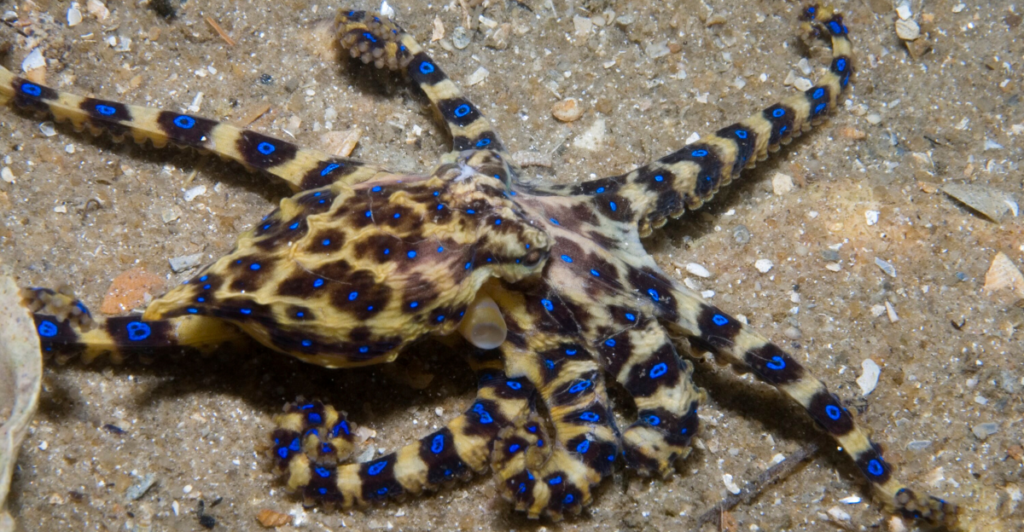
The ocean is home to a diverse collection of marine life, including some of Earth’s most dangerous animals. While sharks are often considered the top predators of the ocean, they are not the most dangerous.
Not Inherently Aggressive

Sharks, especially great whites and tiger sharks, have long been feared because of their powerful presence and portrayal in popular media. However, most species are not inherently aggressive toward humans unless provoked. Despite their fearsome reputation, sharks are not the most dangerous creatures lurking in the ocean. Let’s take a look at two creatures that pose an even greater threat.
The Box Jellyfish
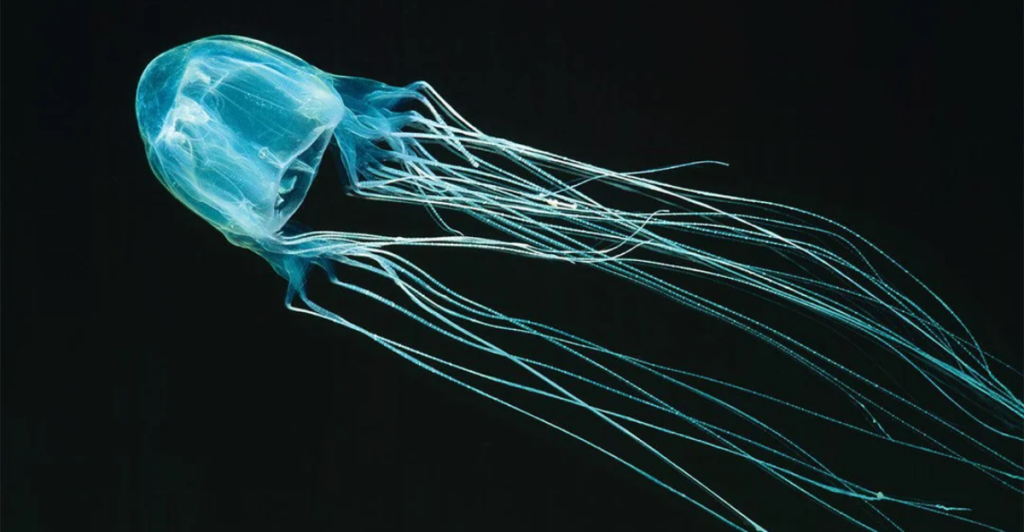
The box jellyfish is one of the most venomous marine animals in the Pacific. Its sting can cause extreme pain, paralysis, and even death within minutes if it is not treated promptly.
A “Silent Killer”
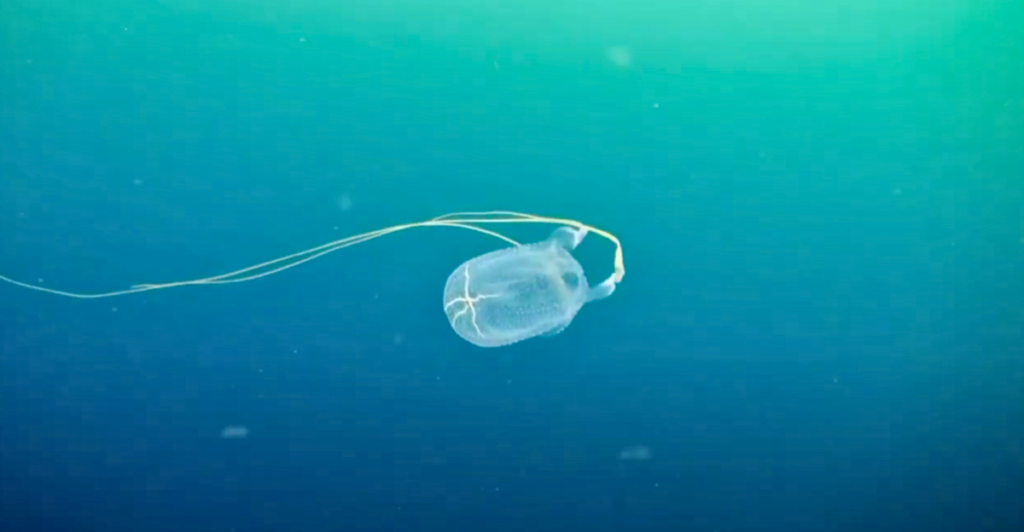
Because of its transparent body, this jellyfish is nearly invisible in the water, which is why it is often referred to as a “silent killer.” Its pale blue or nearly clear body allows it to blend into the ocean, making it extremely difficult for swimmers to spot. As a result, encounters are often unpredictable, and victims typically don’t realize they are near one until it’s too late.
Venom and Toxicity
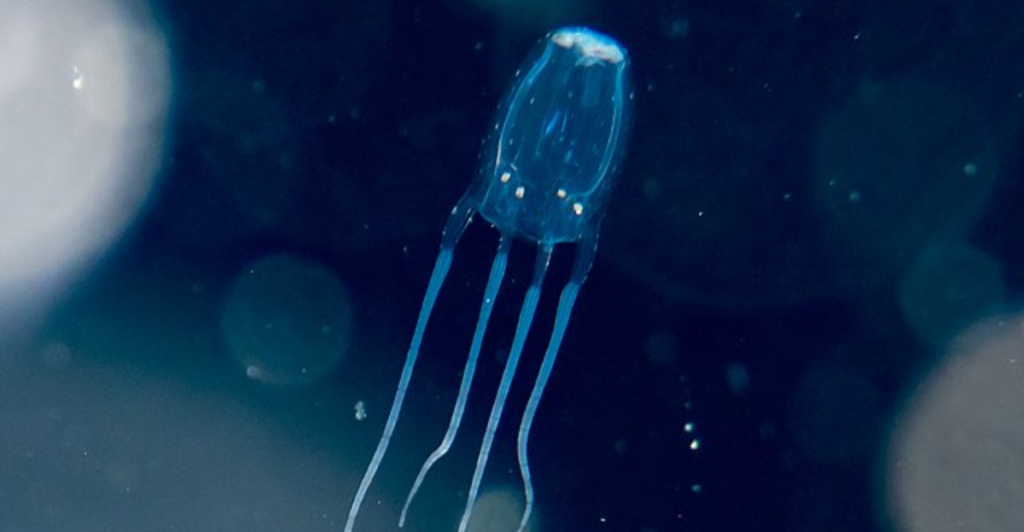
Box jellyfish venom contains toxins (porins and cardiotoxins) that attack the nervous system, heart, and skin cells, sometimes leading to heart failure, shock, or death. The severity of the sting depends on how much skin comes into contact with the jellyfish’s tentacles.
Antivenom

Box jellyfish antivenom was developed in Australia to counteract the venom of the Chironex fleckeri, which is one of the deadliest box jellyfish species. While it can help reduce the severity of symptoms, it is not always effective.
The Blue-Ringed Octopus
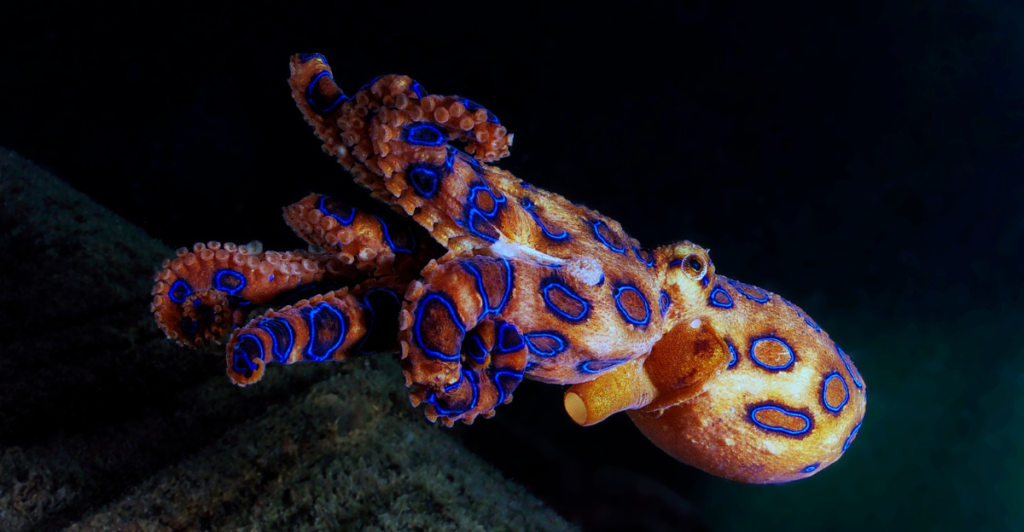
Despite its tiny size, the blue-ringed octopus is one of the most dangerous creatures in the Pacific. These small creatures are often found in tide pools and coral reefs from Japan to Australia. They are highly venomous and capable of killing a human within minutes.
A Small but Deadly Hunter
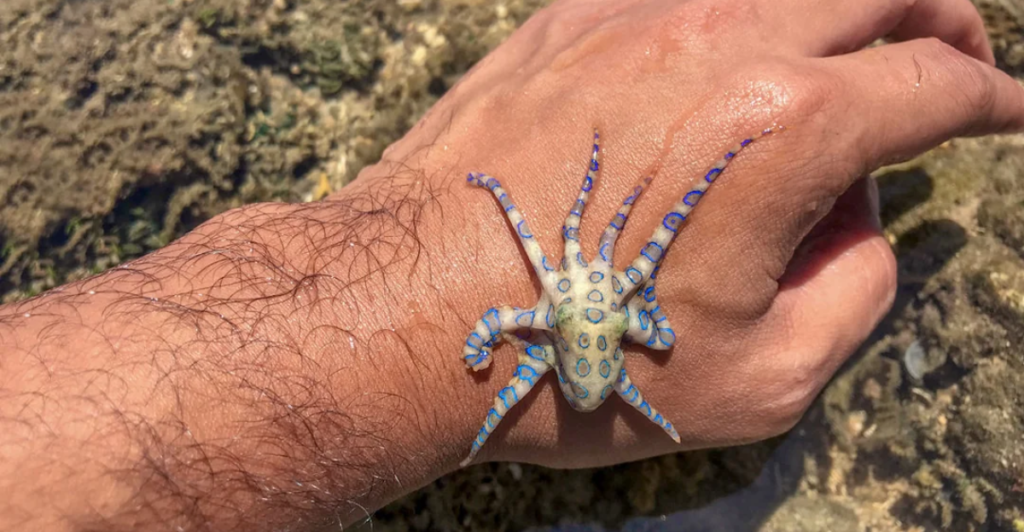
This small octopus grows to about 5 to 8 inches in length, including its tentacles, which makes it one of the smallest octopuses in the world. Its unassuming appearance helps it blend into its surroundings, often going unnoticed by unsuspecting swimmers or divers. However, when it feels threatened, it will flash its iridescent blue rings as a warning.
A Venom More Potent Than Cyanide
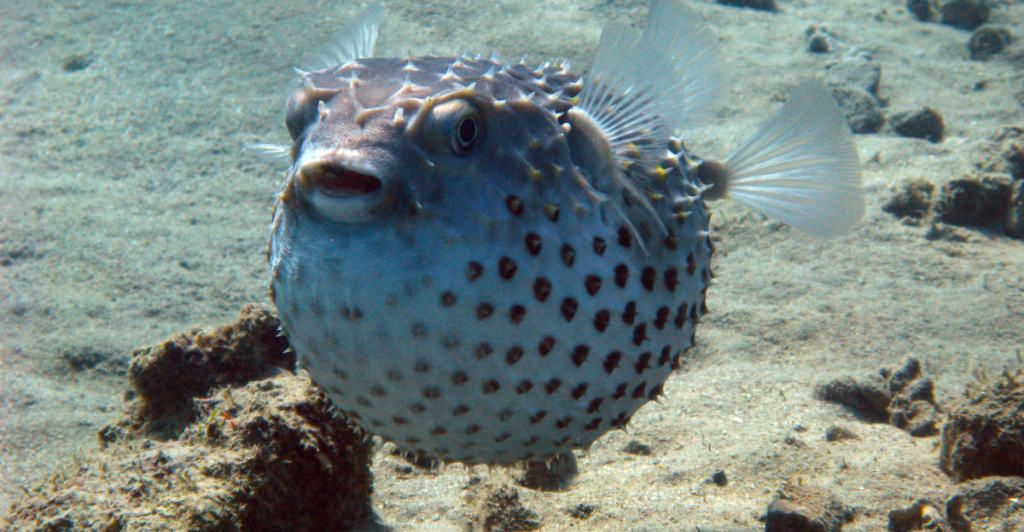
But what makes this creature so deadly is its powerful neurotoxin, tetrodotoxin, which is the same toxin found in pufferfish. This venom is 1,200 times more potent than cyanide and can paralyze its victim in a matter of minutes.
The Antidote

The toxin blocks nerve signals, which leads to muscle paralysis, respiratory failure, and, ultimately, death if left untreated. There is no known antidote, which means that your chances of survival depend on immediate emergency care.
A Single Bite Can Be Fatal
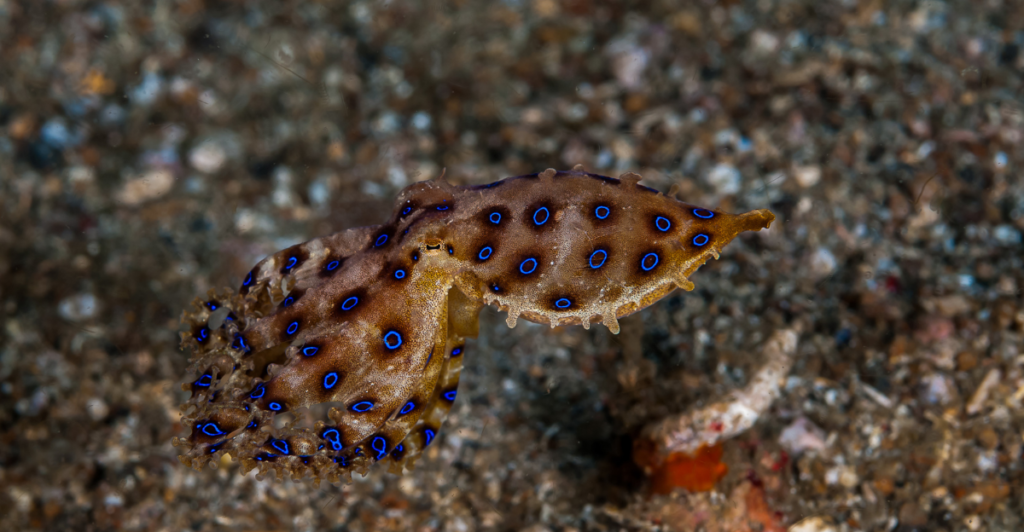
The blue-ringed octopus injects venom through its beak-like mouth. The bite itself is often painless, which means victims may not realize they’ve been bitten until symptoms begin to appear. Within minutes, a victim might experience numbness, difficulty breathing, and total paralysis while remaining fully conscious.
Where They Are Found
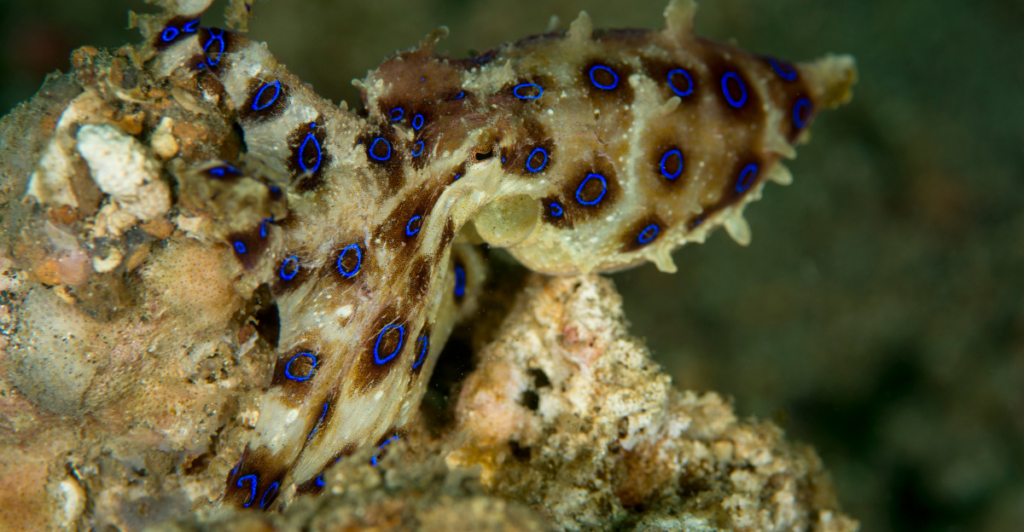
The blue-ringed octopus can be found in shallow coastal waters, coral reefs, and tidal pools throughout the Pacific and Indian Oceans, particularly around Australia, the Philippines, Indonesia, and Japan. They often hide in crevices and shells, and accidental encounters with these creatures are quite common.
How to Stay Safe
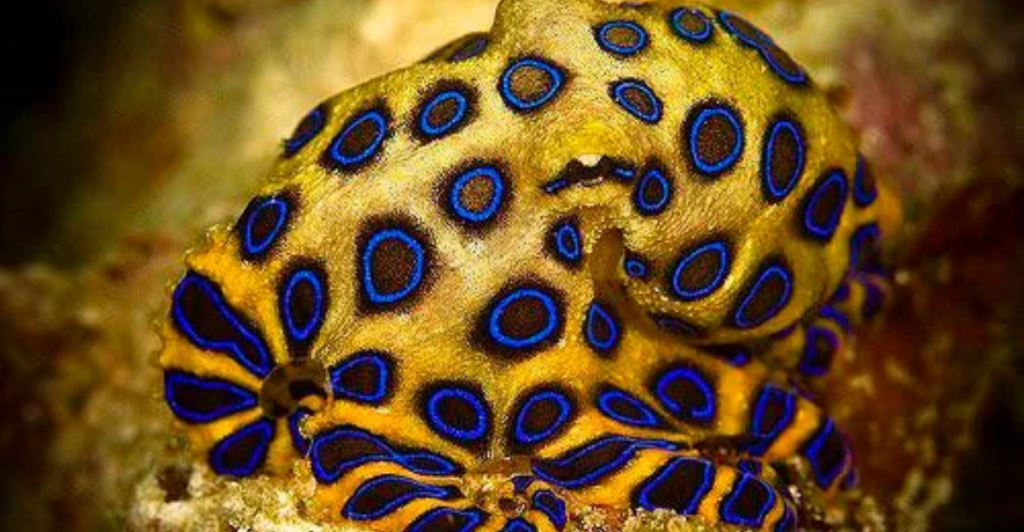
Luckily, blue-ringed octopuses are not aggressive and only bite when provoked or handled. The best way to stay safe is to avoid touching any small octopus with blue markings and be cautious when exploring tide pools or picking up shells. If a person is bitten, CPR and emergency medical assistance are extremely important for survival.
Explore more of our trending stories and hit Follow to keep them coming to your feed!

Don’t miss out on more stories like this! Hit the Follow button at the top of this article to stay updated with the latest news. Share your thoughts in the comments—we’d love to hear from you!







